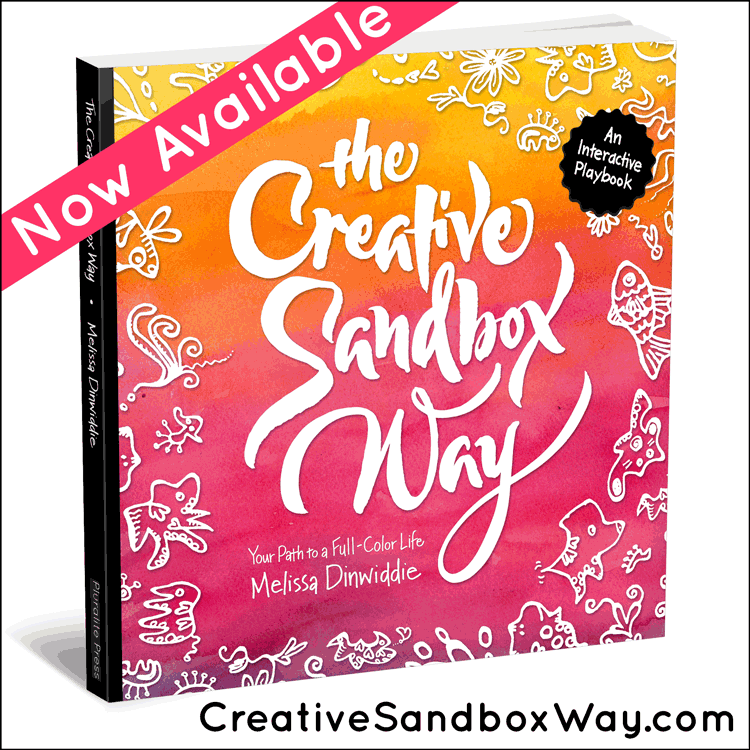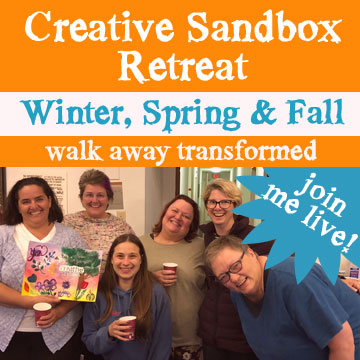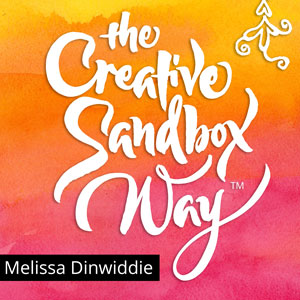Innovation Insights: Where Play Powers Breakthroughs
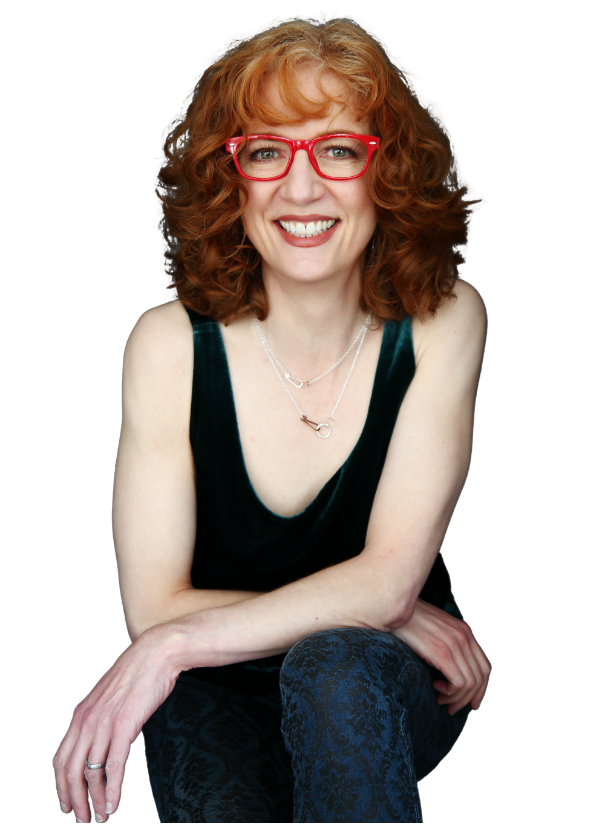
Articles
Sorry, we couldn't find any posts. Please try a different search.
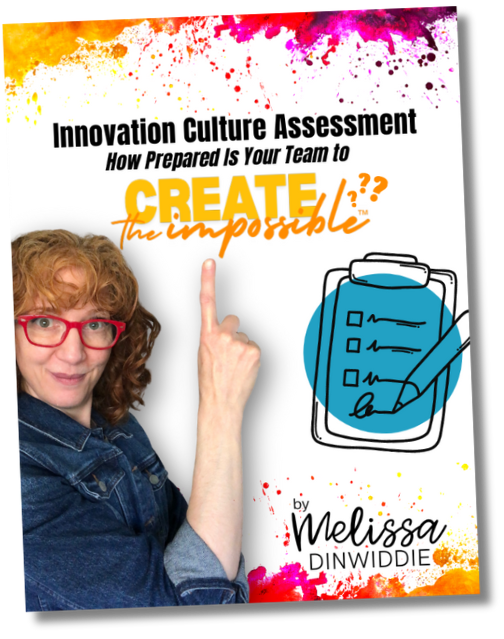
Take the Assessment!
Discover how ready your organization is to Create the Impossible™ with our free Innovation Culture Assessment. In just 10 minutes you’ll:
- Identify your team's innovation strengths and weaknesses
- Gain insights into key areas for improvement
- Receive tailored recommendations to boost creativity and problem-solving

